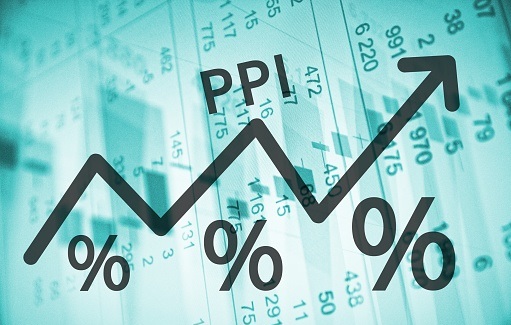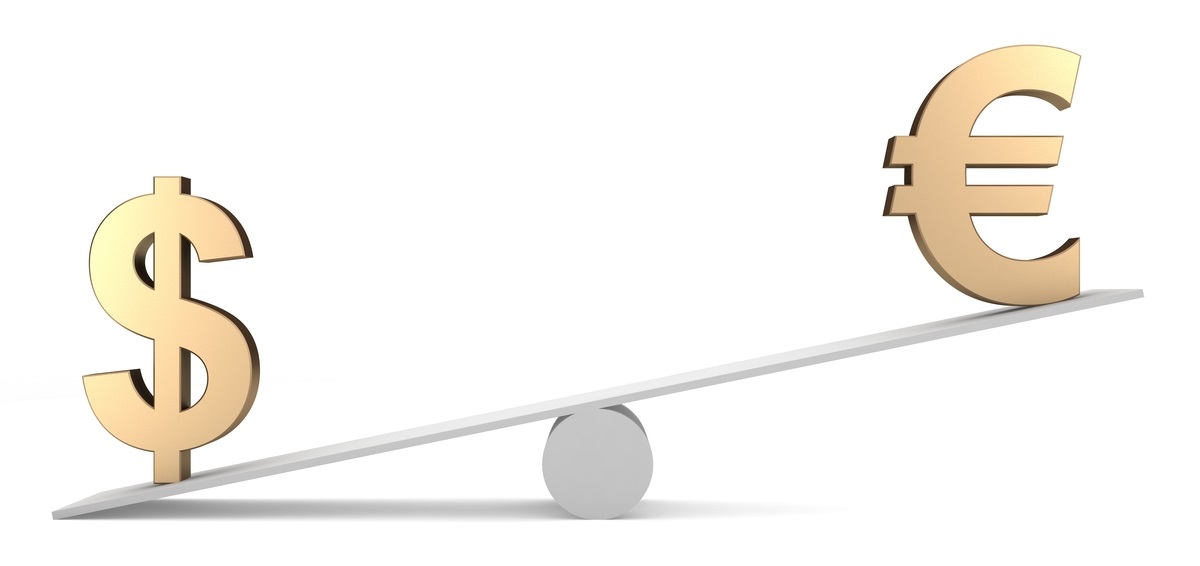The US Producer Price Index inflation report is due today, and the market is expecting more of the same with monthly and year-on-year inflation to drop the same as CPI inflation did yesterday.
Monthly PPI inflation is expected to have grown by 0.2%, which is far better than the 1.1% increase seen last month. Last month the producer prices for final demand in the US jumped 1.1% month-over-month in June of 2022, the most in three months and above market forecasts of 0.8%.
Additionally, year-on-year inflation is expected to come in around 10.4%. The expected year-on-year PPI reading of 10.4% is still high, but it is an improvement on the 11.3% increase seen last month. PPI inflation, excluding food and energy is expected to have increased by 0.4%.
The market pays extra attention to PPI inflation as it measures the average changes in prices in primary markets of the US by producers of commodities in all states of processing.
Changes in the PPI are widely followed by market participants as they are widely seen as an indicator of commodity inflation. Generally speaking, a high reading is seen as positive for the US dollar, whereas a low reading is seen as negative for the world’s reserve currency.
In last month’s PPI report US Goods prices jumped 2.4%, much higher than 1.4% in May, with over half of the increase due to an 18.5% rise in gasoline prices.
While prices for machinery and equipment wholesaling, outpatient care, transportation of passengers, guestroom rental, and hospital inpatient care also increased. Year-on-year, producer inflation accelerated to 11.3%, the largest increase since a record 11.6% in March.
Importantly, last month the core produce price index, which excludes cost of energy and food eased to an annual 8.2% from 8.3% and a monthly 0.4% from 0.6%.
Should we see the PPI report coming in as expected it should give a boost to stocks. Especially momentum stocks within the Nasdaq who have been riding the momentum trade.
I am also expecting more weakness in the US dollar currency if we see more slightly reduced PPI readings. The US dollar index chart looks primed for losses.




